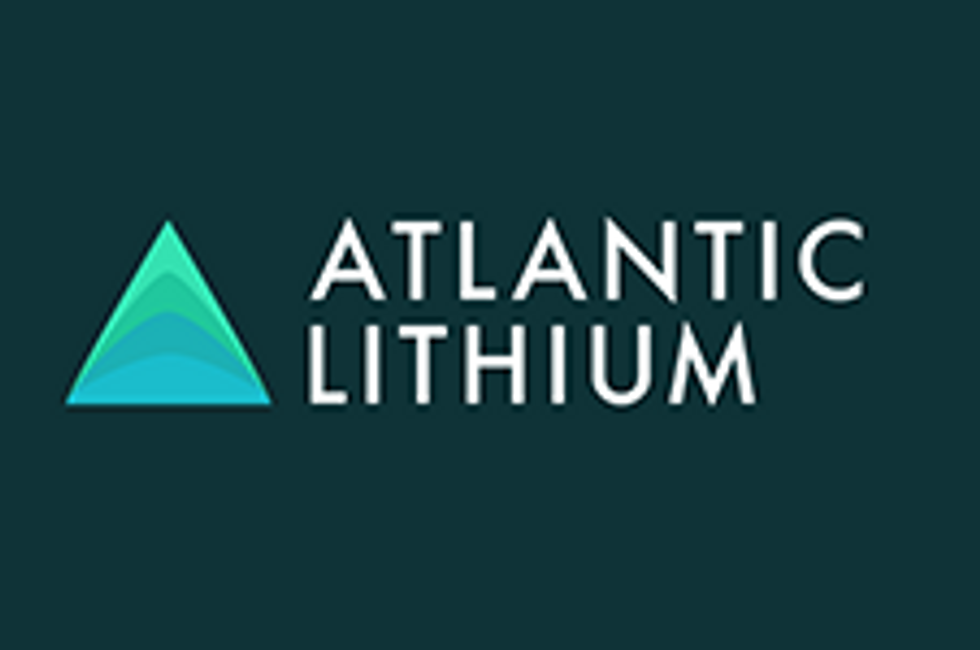Military Applications Could Increase Lithium Demand
A new lithium battery system suitable for military vehicles, introduced by A123 Systems, has the potential to provide military vehicles with a lighter, more durable system for starting engines and enhancing stealth. With an already large fleet of 6T batteries, the use of lithium in Military 6T Batteries could spike lithium demand.
By Dave Brown — Exclusive to Lithium Investing News

A123 Systems (NASDAQ:AONE) introduced the Military 6T Battery, a new lithium battery system suitable for military vehicle applications. The company reported that the 6T battery is a standard form factor suitable for the challenging requirements of a range of military vehicle applications.
The lithium battery is the product of a year and a half of research, with input from the United States Army Tank Automotive Research, Development and Engineering Center (TARDEC). It is designed to easily replace the 6T lead acid batteries currently deployed in military vehicles. There are nearly 800,000 6T batteries currently in use in US military vehicles. In 2010 alone, the military purchased about 300,000 6T batteries, virtually all of which were lead acid.
The company believes the battery will enhance stealth functionality and deliver a lighter and more durable system for starting engines. A technical paper written last year noted that replacing lead acid batteries in military vehicles with a lithium battery system could offer a series of benefits. These include doubling the reserve time of the stock battery, and delivering a significantly greater number of charging and discharging cycles while providing weight savings. Additionally, since there is no acid inside the lithium battery to cause corrosion, vehicle deterioration and human contamination from potential chemical or gas spills are eliminated.
Possible impacts for lithium producers and exploration companies
For lithium investors and industry stakeholders this new development could be interesting given the scale and relatively stable support implied by the potential adoption of a military application for lithium batteries. The US accounts for almost half of all military spending democracies in the world, and its current administration is favorable to policies which promote a greener economy. If a lithium battery was adopted by the US military, the scale might represent a considerable market for lithium products.
China is looking to double its military budget, and geopolitical tensions across many regions provide a compelling case for long-term growth of defense- and military-oriented technological developments. An increased demand for lithium products would be realized in higher prices, which could attract investment interest. Attracting capital and the potential for merger and acquisition activity would make junior exploration companies as well as the underlying lithium resources more valuable.
Company news
Last week, South Korean steelmaker POSCO announced positive results from the company’s lithium extraction technology. “The technology developed can make battery grade lithium from brine in a month compared to 12 months at present and has an extraction rate of 80 percent versus the maximum 50 percent under existing processing methods,” a Research Institute of Industrial Science and Technology researcher said in the company’s press release.
Since securing a lithium supply in Bolivia, which holds the world’s largest reserves, POSCO has begun planning a lithium extraction plant in the country.
Rockwood Holdings (NYSE:ROC), parent company of Chemetall Lithium, reported a lower profit for the fourth quarter, attributing the results to a seasonal downturn in demand. The company’s earnings per share from continuing operations were $0.79 for the fourth quarter of 2011 compared with $1.32 for the same period in the previous year. The results were relatively in line with analysts’ forecasts; on average eight analysts polled by Thomson Reuters expected earnings per share of $0.79 for the quarter.
Seifi Ghasemi, Chairman and CEO, noted, “We saw particularly strong results from our German-based global businesses, which include our lithium, surface treatment, ceramics and titanium dioxide businesses.” For the lithium business unit, higher selling prices were partially offset by higher raw material costs.
Commenting on the outlook, Mr. Ghasemi said, “Our businesses have had a strong start in 2012. We continue to remain optimistic about the future outlook for our businesses. We will focus efforts in 2012 to ensure growth in earnings per share, improve productivity and successfully execute all of our capital expansion projects.”
The bullish outlook from the major producer is of interest for lithium producers and exploration companies because it provides a relative benchmark. Appreciating that German industrial demand was not as sensitive to inflationary production expenses could mean that other lithium producers will not feel as much pressure to absorb marginal costs. It also represents a positive sentiment for junior lithium exploration companies, as growing demand implies greater value for lithium resources and project discoveries.
Junior company news
Li3 Energy Inc. (OTCBB:LIEG) reported the initial results from a Phase One exploration and drill program at its Chilean brine project. Originally launched last August, the first $8 million phase has been completed on schedule. Li3 expects to complete a NI 43-101 Technical Report during the spring and follow this with Phase Two of its eventual $18 million budget program.
Lithium Corporation (OTCBB:LTUM) announced completion of preliminary drilling – 1,366 feet in 15 holes – on its San Emidio lithium property. The company has encountered brines at a depth of 105 feet.
AmeriLithium Corp. (OTCBB:AMEL) began initial stage planning for its three Western Australian lithium assets in order to take advantage of potential government grants.
Securities Disclosure: I, Dave Brown, hold no direct investment interest in any company mentioned in this article.





